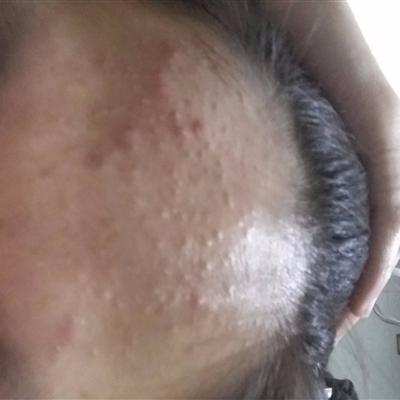Symptoms of lipoma
summary
Lipoma is a common benign soft tissue tumor, which is composed of mature adipocytes and can occur in any part of the body with fat. The most common sites were shoulder, back, neck, breast and abdomen, followed by the proximal extremities (such as upper arm, thigh and buttock). Mainly in the subcutaneous, known as superficial lipoma, can also be seen in deep limbs and between the muscle abdomen, known as deep lipoma. Most of the patients are older, most of them are middle-aged people aged 40-60 years old, and few of them are children. Most of the deep lipomas grow along the muscle and can reach the periosteum, but rarely invade the adjacent bones. Lipoma is rarely malignant and easy to be resected. The symptom of lipoma? Let's talk about it
Symptoms of lipoma
Superficial lipoma causes almost no symptoms except local mass. It can be single or multiple, ranging in size from a few millimeters to tens of centimeters. Tumor growth is slow, soft texture, clear boundary, lobulated, push the activity is good, activity can cause skin depression. It rarely causes pain, which is usually a late symptom caused by the compression of peripheral nerve by large lipoma.

Deep or sub fascial lipomas can cause various symptoms, depending on their location and size. If lipoma is operated on, it may cause a sense of stagflation or limited activity. Large mediastinal lipomas can cause dyspnea or palpitations.

Lipoma is common in obese people, and its volume increases with rapid weight gain, but on the contrary, lipoma does not shrink with severe weight loss.

matters needing attention
Solitary lipomas within 1 cm in diameter generally do not need to be treated. The larger one can be resected by operation. Sometimes the deep lipoma can recur locally because it is difficult to completely resect, but there is no malignant change. Local resection is also the main treatment for multiple lipomas.













